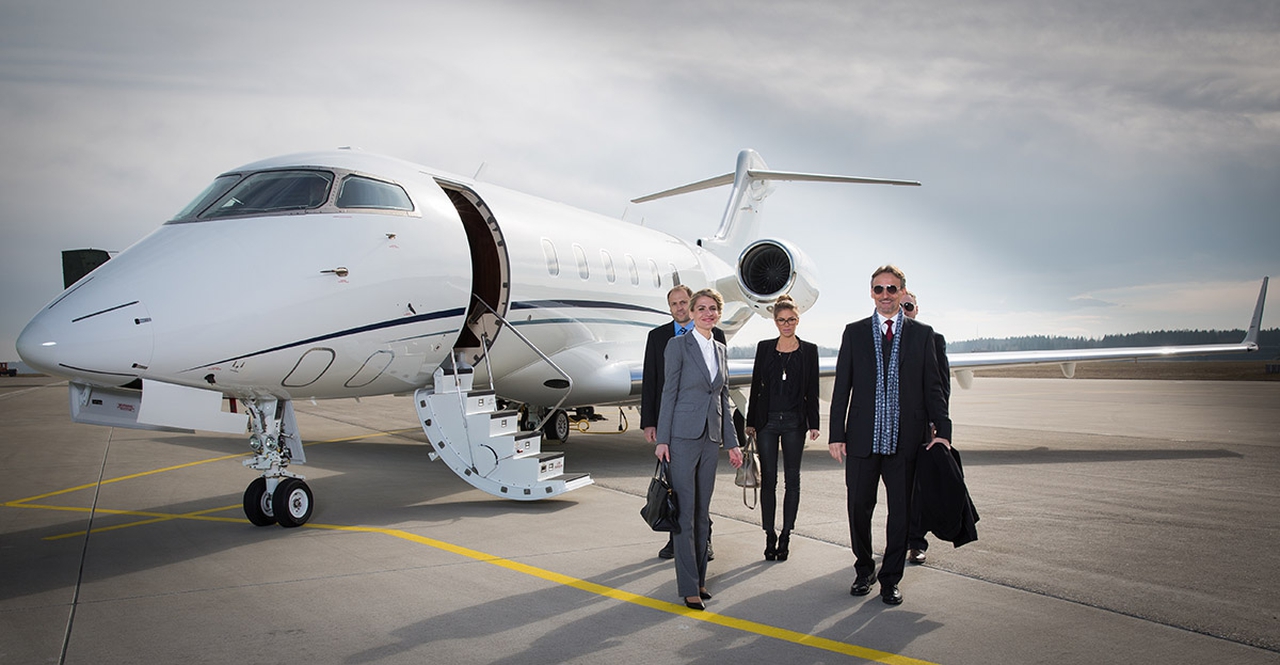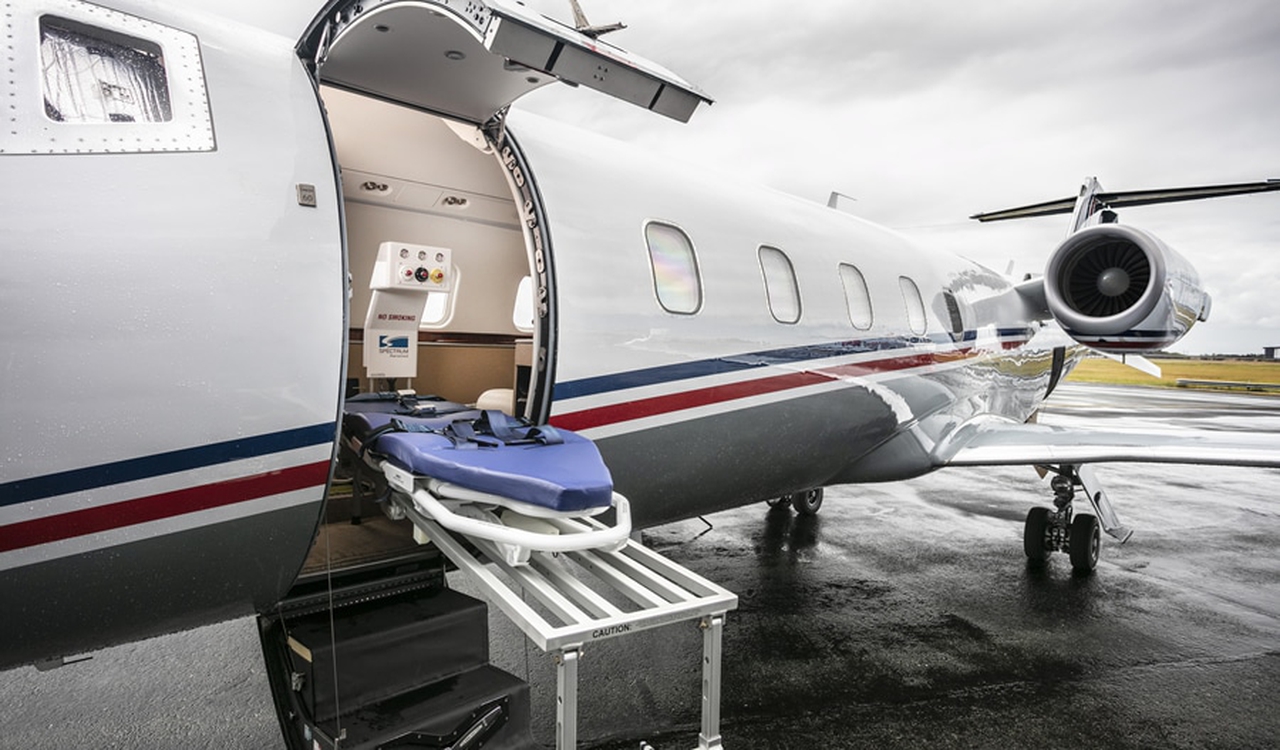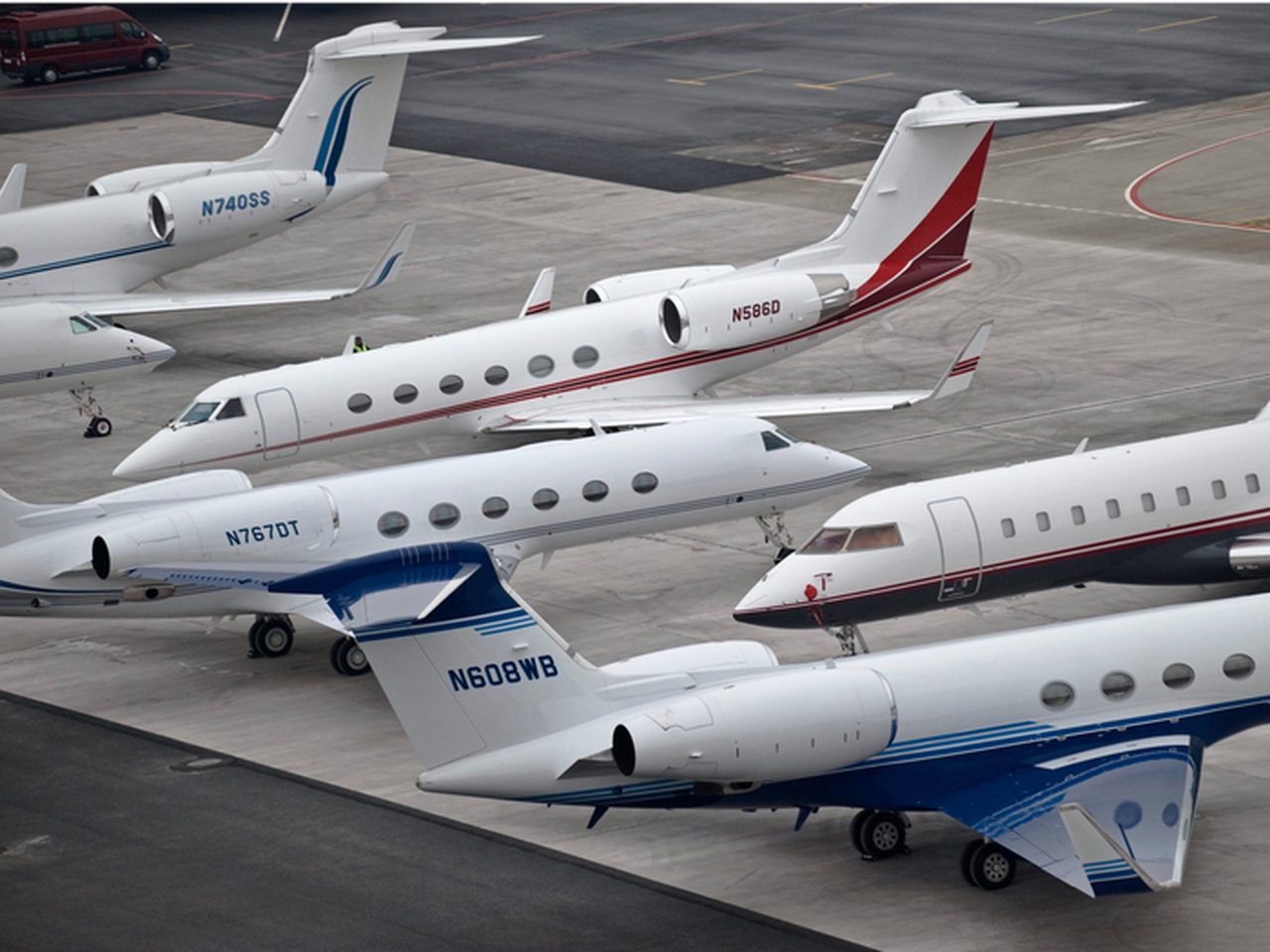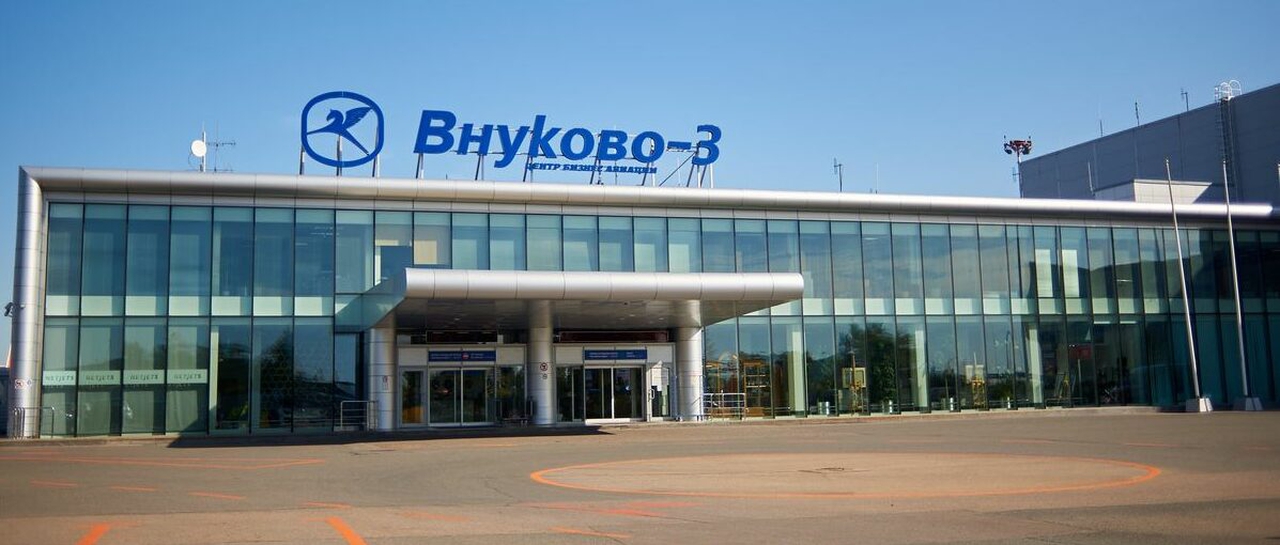Top 100 questions about business aviation. This is interesting!
Mar 19, 2025

JETVIP has prepared a list of questions and answers on business aviation. We hope they will be useful and help answer your questions.
I. Basics of Business Aviation:
-
What is business aviation?
– It is the use of aircraft for business purposes, not related to regular commercial flights. -
Who uses business aviation?
– Companies, executives, and private individuals who need flexibility, time savings, and confidentiality. -
Why do companies use business aviation?
– To improve productivity, save time on travel, access remote locations, and ensure security and confidentiality. -
What are the main advantages of business aviation?
– Flexible scheduling, direct access to multiple airports, confidentiality, comfort, and time savings. -
How does business aviation differ from commercial aviation?
– Business aviation offers personalized service, flexibility, and direct access, unlike the fixed schedules and routes of commercial airlines. -
What types of aircraft are classified as business aviation?
– From light single-engine aircraft to large long-range business jets. -
What is the average flight range of a business jet?
– It varies from a few hundred to over 10,000 nautical miles, depending on the model. -
How many passengers can a business jet accommodate?
– From 4-6 in light models to 19 or more in larger jets. -
Is business aviation a luxury or a necessity?
– For many companies, it is an essential tool for effective business operations. -
What impact does business aviation have on the economy?
– It supports jobs in manufacturing, maintenance, airports, and related industries.
II. Types of Business Jets and Their Characteristics:
-
What are the categories of business jets?
– Light, midsize, large, and long-range. -
Give examples of light business jets.
– Cessna Citation CJ3+, Embraer Phenom 300, HondaJet. -
What are the characteristics of light business jets?
– Typically accommodate up to 8 passengers with a flight range of up to 2,000 nautical miles. -
Give examples of midsize business jets.
– Cessna Citation Latitude, Gulfstream G280, Bombardier Challenger 350. -
What are the characteristics of midsize business jets?
– Can accommodate up to 10 passengers with a flight range of up to 3,500 nautical miles. -
Give examples of large business jets.
– Dassault Falcon 2000LX, Gulfstream G400, Bombardier Global 5500. -
What are the characteristics of large business jets?
– Can accommodate up to 16 passengers with a flight range of up to 5,000 nautical miles. -
Give examples of long-range business jets.
– Gulfstream G650ER, Bombardier Global 7500, Dassault Falcon 10X. -
What are the characteristics of long-range business jets?
– Can accommodate up to 19 passengers with a flight range of over 6,000 nautical miles. -
What are turboprop business aircraft?
– Aircraft with propeller-driven engines offering fuel efficiency on short distances. Examples: Beechcraft King Air, Pilatus PC-12.
III. Purchasing, Ownership, and Operation of Business Jets:
-
How much does it cost to buy a business jet?
– From a few million to over $100 million, depending on size and features. -
What are the types of business jet ownership?
– Full ownership, fractional ownership, and leasing. -
What is fractional ownership of a business jet?
– Multiple owners share a single aircraft, splitting costs. -
What is leasing a business jet?
– Using an aircraft for a monthly fee without the need to purchase it. -
What are the main operating costs of a business jet?
– Fuel, maintenance, crew salaries, insurance, and hangar storage. -
How much does it cost to fly a business jet per hour?
– Costs vary by aircraft type and expenses, typically ranging from $2,000 to $20,000 or more per hour. -
Is a crew required to operate a business jet?
– Generally, yes. At least two pilots are required. -
What qualifications do business jet pilots need?
– High-level certifications, licenses, and experience specific to the aircraft type. -
Where are business jets stored?
– In hangars at airports or private airfields. -
How much does business jet insurance cost?
– Costs vary based on aircraft value, pilot experience, and other factors.
IV. Alternatives to Business Jet Ownership:
-
What is a Jet Card program?
– A prepaid program that allows the use of a set number of flight hours on various business jet types. -
What are the benefits of a Jet Card program?
– Flexibility, no long-term commitments, and predictable expenses. -
What is a business jet charter?
– Renting a business jet on a per-flight basis. -
What are the benefits of chartering a business jet?
– Convenience, no ownership or maintenance costs. -
When is it better to use a Jet Card vs. chartering?
– A Jet Card is beneficial for frequent flights, while chartering is ideal for one-time trips. -
What is an air taxi?
– Small aircraft providing on-demand flights between regional airports. -
What are the advantages of air taxis?
– Access to smaller airfields, fast travel over short distances. -
What is fractional ownership?
– A co-ownership model where multiple parties share the cost and use of a business jet. -
Which companies offer fractional ownership programs?
– NetJets, Flexjet. -
How to choose the best business aviation solution for my needs?
– Consider flight frequency, budget, range requirements, and passenger capacity.



